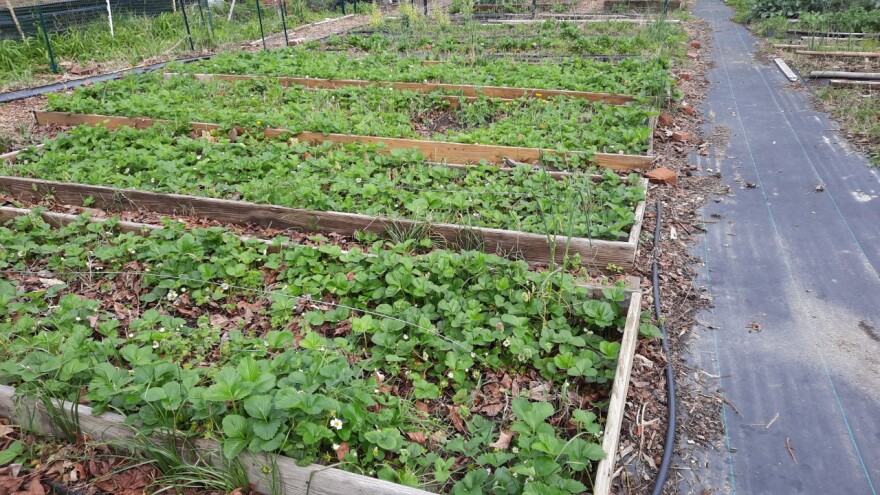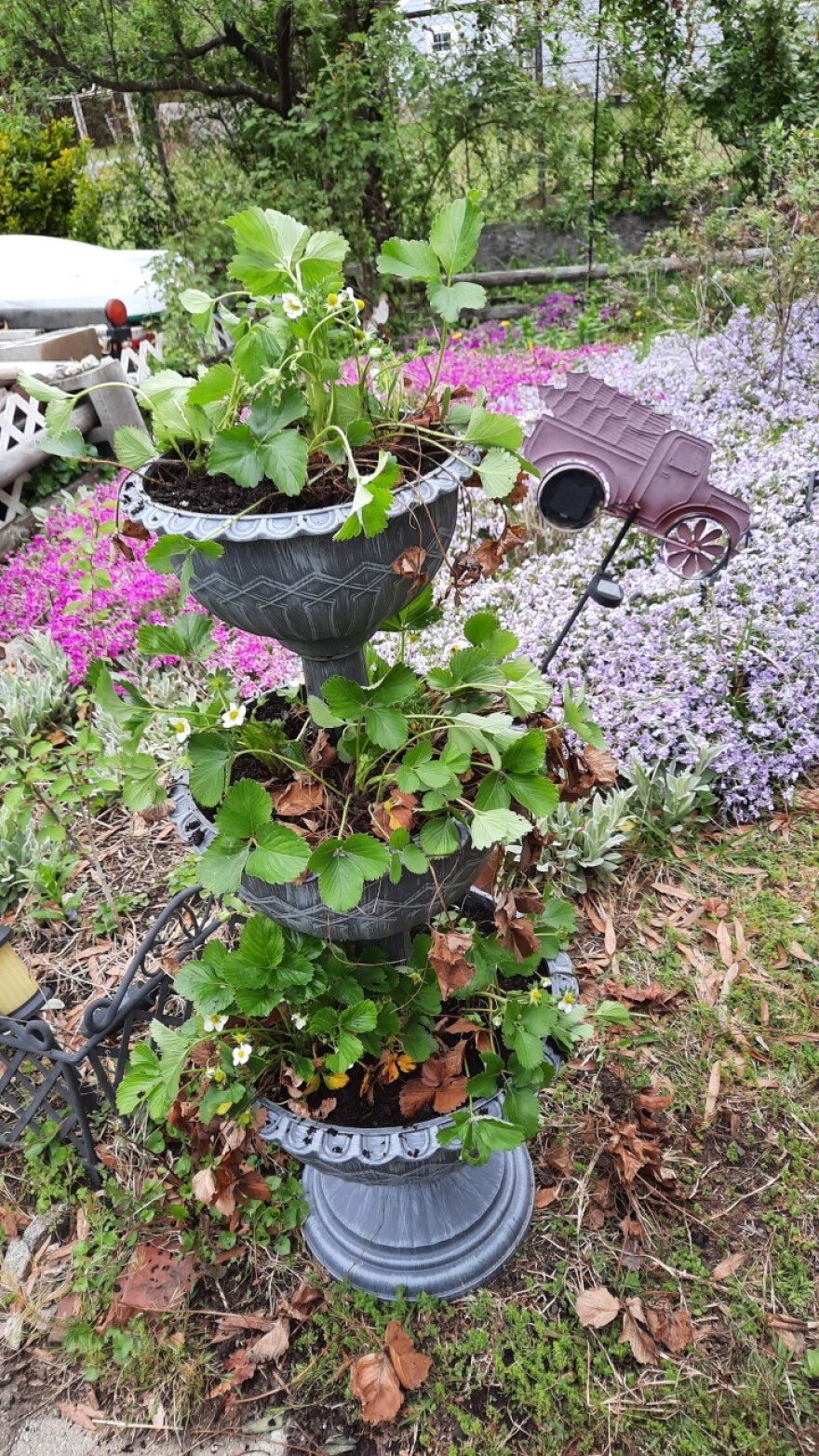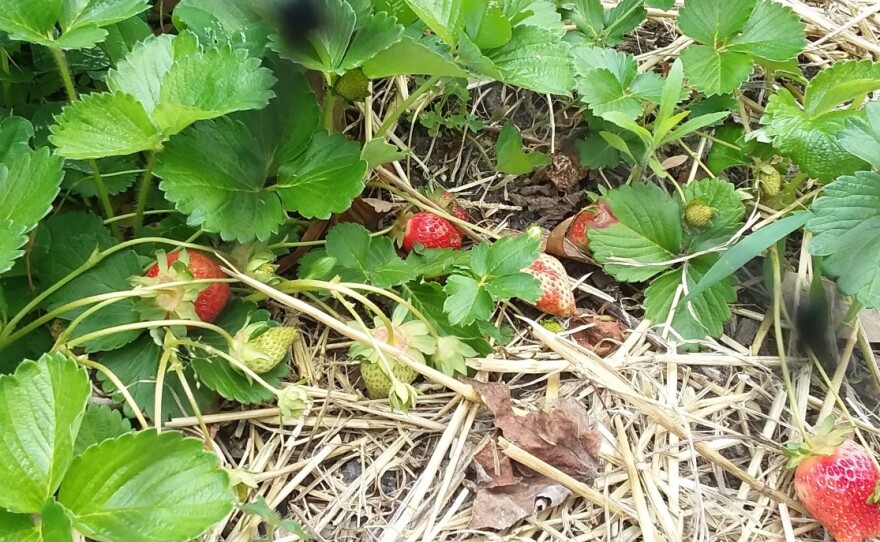As I stroll by the strawberry patch, I see beautiful blossoms peeking out here and there. A smile comes to my face as I reminisce of how they all came to be: Four to six small strawberry plants became a wide strawberry patch in less than a few short years.
There are many varieties of strawberry plants; I personally grow a mixture of June and Everbearing. If you have ever grown strawberries before, you know that some strawberry plant varieties can be rather invasive, so it’s important to plan your space accordingly. If left unchecked, they can overtake a garden.

I love watching the runners stretch out across the soil searching for a place to root. They creep along the soil, spilling out of their boxes and crowding the walkway. I also know that means myself and several volunteers will be thinning the beds and transplanting plants into new ones, or potting them to be given away. Since they produce some of the sweetest fruit — and we enjoy watching young and old delight in their tastiness! — we allow the plants to have their way.
Strawberries are perennial (as part of the Rose Family), and will continue to return each year. If cared for properly, this wonderful plant will have a productive lifespan. Therefore, we cover our strawberries in the winter with white row covers, but you can use leaves or straw as well. When the hard frost has passed we’ll uncover them, wait a few weeks and then thin them in early spring by digging up the various plants to allow for air flow, soil drainage and less competition for soil nutrients. Later, I’ll feed them a little fertilizer when the rose-like blossoms appear everywhere, as well as when their fruit is spent to encourage runners.
In the humid summer, if leaf spot disease appears, I tearfully take the weed wacker and cut them nearly to the ground, then watch them spring up healthy again with late-season strawberries peeking out here and there.
So when your strawberry sections continue to grow larger than you expected and your berries are getting smaller, don’t be afraid to selectively dig up or thin your planting area. Just remember to fertilize at least once per year and give them a deep drink of water on the dry days. You'll get bigger, healthier plants and often sweeter fruit. Continue to harvest your strawberries when they ripen, which will discourage pests.

Picking strawberries can be a trying experience, so consider planting in raised beds, multi-tier planter containers or even rain gutters. Planting in smaller, more refined spaces will limit your production and amount of runners. However, it will also save your back and your knees when harvesting time comes.
In a short time, a few strawberry plants can quickly grow into a small patch if you select plant varieties that produce many runners. When the area becomes crowded, dig up select plants and give them away or relocate them in your garden. Whichever you choose, it is important to thin out your plants, which allows less competition for nutrients and encourages larger strawberries.
During the fall, consider thinning your plants and replant them to widen your patch or give them away to encourage your friends and family to start a strawberry patch, too.
More information on growing strawberries:
- Small Fruit in the Home Garden; Virginia Cooperative Extension Publication (426-840) by Jayesh B. Samtani
- Virginia Virtual Farm to Table Strawberries; How a commercial farm grows strawberries by Virginia Cooperative Extension Publications and Resources
- Strawberry Plants Organization and recommended strawberry varieties by states
Keep Growing,— Shana Williams, Manager of Williams City Farms and VHG Co-host


